If you want to carbonate your cider using CO2 but do not have a kegging setup, then the Carbonator Cap is a simple solution. This simple device can carb up any beverage quickly with only a few pieces of equipment. The biggest benefits of using the carbonator cap method is that the system is small and inexpensive!
Why not just get a keg and call it a day? Well for me, I couldn’t fit a 5 gallon keg in my apartment refrigerator and didn’t have the room for a separate kegerator. Also, the 2 gallon mini kegs cost about $120, vs about $50 for a 5 gallon refurbished corny keg. I knew in the future I would go with a 5 gallon keg, so this was a cheap temporary alternative.
For about $10, plus the cost of a CO2 tank, regulator, and hose, you can have a mini carbonating setup up and running. I purchased my tank and regulator on craigslist for $30 and picked up the hose and coupling at a local brewing supply store for a few bucks. Not a bad investment!
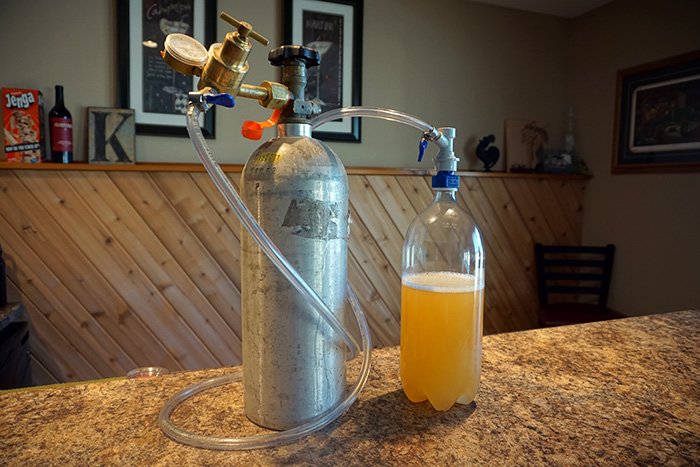
Carbonating Cider with CO2 Using a Carbonator Cap
The cap is essentially one way valve that is identical to a ball lock keg fitting which attaches to a CO2 tank. The Carbonator Cap is designed to fit most plastic soda bottles which act similar to a small keg. Once the bottle is filled and the cap is secured, the bottle can be pressurized with CO2. With a few shakes and a little bit of resting time, the CO2 will dissolve in the cider and just like that, you have a carbonated cider!
I prefer to bulk age my cider in a secondary after a thorough cold crash to remove as much yeast as possible. Then I back sweeten the cider using a frozen apple juice concentrate to my preferred sweetness, around 1.010 SG.
How to force carbonate cider:
- Fill a plastic bottle with cider leaving generous headroom for shaking
- Squeeze the bottle to remove any air in the headspace
- Screw on the cap and connect the ball lock fitting
- Set the CO2 pressure low and slowly turn on the take to pressurize the bottle
- Increase the pressure to 30PSI, DO NOT OVERPRESSURIZE THE BOTTLE
- Disconnect the ball lock fitting and shake the cider vigorously
- Allow the cider to rest and add more CO2 if the bottle softens
Shaking the cider at this higher than normal pressure will significantly speed up the carbonation process but it is not necessarily required. You can also set the CO2 to your preferred pressure (use a carbonation calculator to determine) and allow it to sit connected to the CO2 for a couple of days as you would with a normal keg.
Any Downsides?
While the Carbonator Cap is a quick and simple solution for the small time home brewer, it does have some downsides.
The first issue is obvious, the only vessel that can be used is a plastic soda bottle. While short-term storage should be fine, I wouldn’t want to age a cider in this type of plastic container.
The second issue is simply aesthetics, pouring a friend a glass of homemade hard cider from a two-liter soda bottle raises a lot of eyebrows. Although the skeptics will surely be converted after the first taste, the initial appearance can be off-putting.
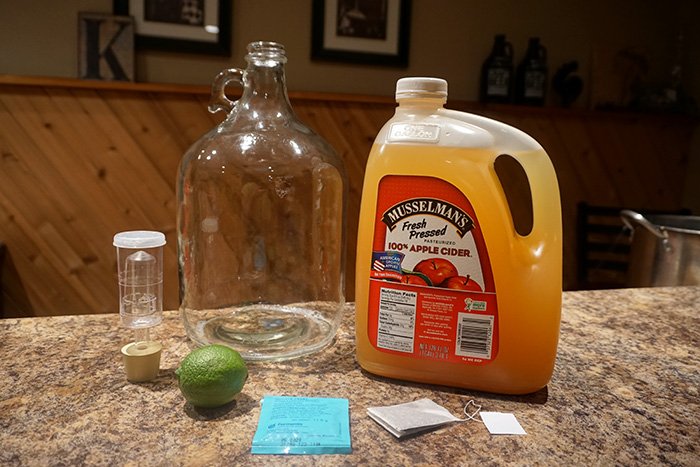
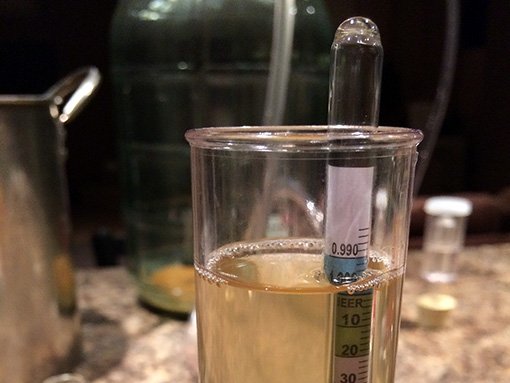
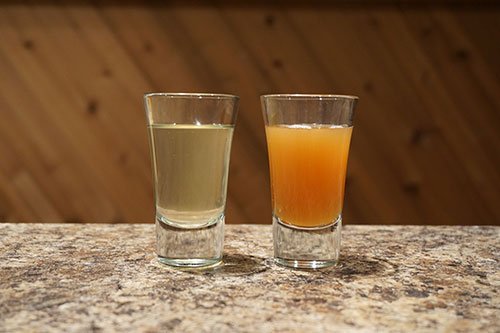
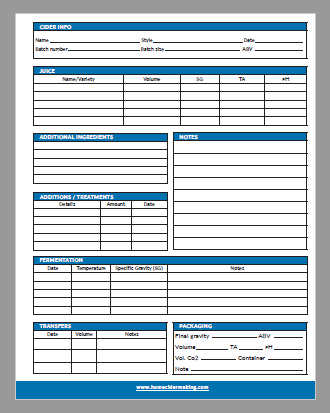
thanks very much!
Do you have to keep the carbonator cap on? or can you take it off and quickly put the original cap back on?
You must leave the carbonating cap on until ready to consume.
You can then use the original cap if you will be drinking the entire bottle within a few days or, replace the carb cap and add more Co² between drinking sessions to maintain the level of carbonation.
As you said the aesthetics to this aren’t great. But could u carb say a 2litre bottle then rack the carbonated cider into nicer looking swing tops/bottles and cap them?
As you said the aesthetics to this aren’t great. But could u carb say a 2litre bottle then rack the carbonated cider into nicer looking swing tops/bottles and cap them?